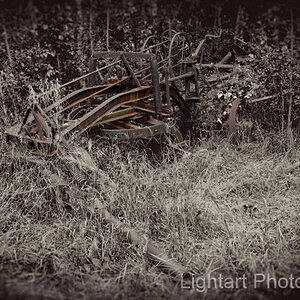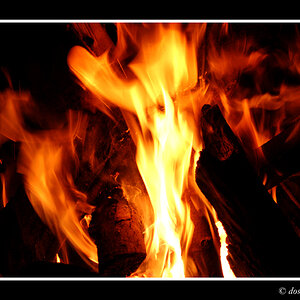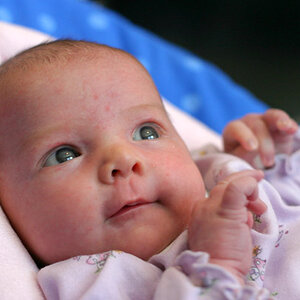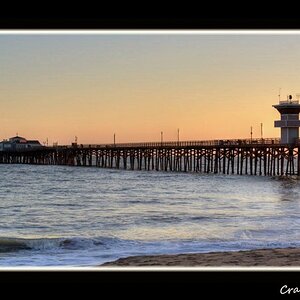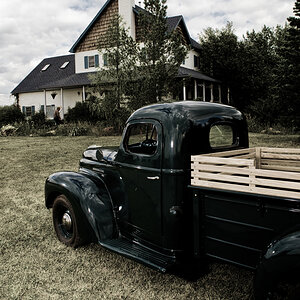Alpha
Troll Extraordinaire
- Joined
- Mar 15, 2005
- Messages
- 5,451
- Reaction score
- 41
- Location
- San Francisco
- Can others edit my Photos
- Photos NOT OK to edit
Alpha; the film is kodak, I took it to my local camera shop as I don't have a darkroom of my own yet, and I scanned it with my husbands scanner/printer/fax.
Which Kodak film?
The scanning is potentially one of the reasons these look so bad. Did you scan the negatives? It doesn't sound like your multi-purpose printer is capable of scanning negatives.


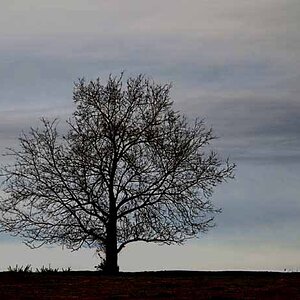
![[No title]](/data/xfmg/thumbnail/37/37100-48f2853fd9bcaf95edec62ff0be19ad3.jpg?1619737881)
![[No title]](/data/xfmg/thumbnail/37/37280-a7e70a01ccd331918e71645cd4c1f16e.jpg?1619737977)
